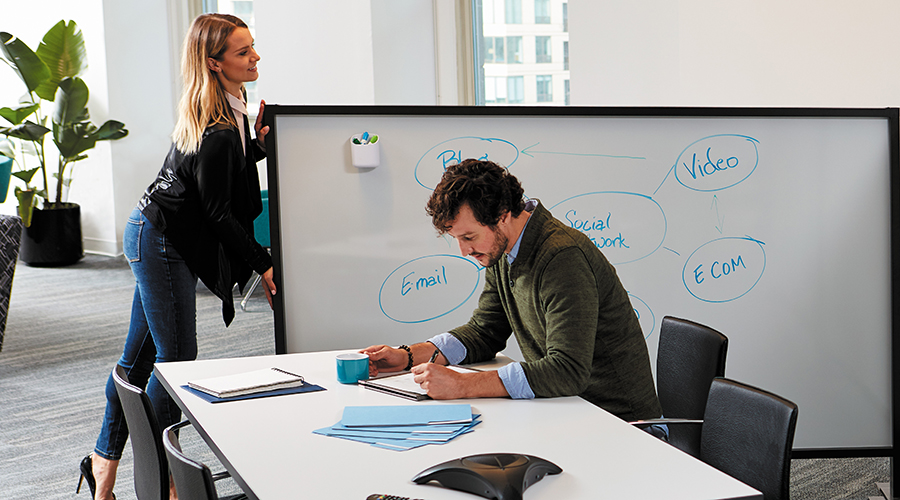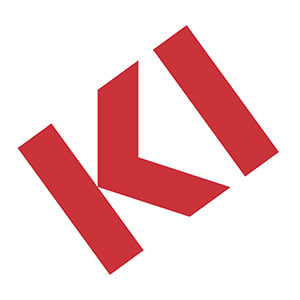- What's New
- Pricing & Purchasing
- Lead Times
- Literature & Samples
- Services & Warranties
- Careers
- Find a Rep
Furniture’s Role in the Modernization of the Workplace

We recently sponsored a Metropolis magazine Think Tank hosted in Washington, D.C., featuring panel discussions at Perkins and Will, EYP and Perkins Eastman. I think it’s always an exhilarating experience to hear from thought leaders challenging the status quo. The topic hosted at EYP centered around modernization and challenged the panel – as well as the audience – to evaluate whether it’s necessary to build new or if existing buildings can be upgraded to capture positive space utilization, energy efficiency and occupant satisfaction.
Discussions around space utilization surfaced some interesting scenarios about new ways of looking at the use of space. A private office, corner office or office with a view has long been a status symbol or the final destination of one’s career path. Historically, someone’s office space represented part of their office identity. The movement from private offices to open planning and free address is causing employees to rethink the private office and overall corporate cultures to shift.
The panelists at the EYP Think Tank (Andrew Heller, Assistant Commissioner for the Office of Facilities Management, GSA; J. Douglas Lipscomb, Assistant Vice President Planning & Design, George Mason University, AIA; Troudy Vaughan, Mid-Atlantic Regional Manager, Public Institutions & Education Solutions, CBRE; and Teresa Rainey, PE, LEED Fellow, Director of High Performance Design, EYP) shared thoughts around the compromises and tradeoffs that can be made when shifting from private to open space utilization.
The panel underscored the importance of thinking outside of the box. Instead of viewing the shift to open plan or free address as losing a private office, communication should center how this approach can enhance the experience within the space. This is where a data-driven approach can be critical.
In many cases, facilities have garnered a wealth of data around space utilization and user behaviors, but haven’t yet integrated the data with observation and user feedback. Once that happens, the insight generated will be extremely helpful useful in design solutions for a positive workplace that is empathetic to the people in the space yet forward-thinking to serve future workplace needs.
Manufacturers serve a critical role as partners in discussions with clients who want to transition the use of space and shift user expectations. As space and the use of space evolves, so do furniture solutions. At KI, we are moving from the systematic programming of static panel-based cubicles to a more flexible and fluid environment that supports the various work styles within a range of applications.
The discussions around transitioning for the future aligned with the reasoning behind our new Tattoo Collection. Tattoo consists of a few select elements (screens, slim seating, storage and tables) scaled to work together. But it’s more than a collection – it’s a design philosophy that invites you to rethink and rearrange your space – independent and on the fly. It specifically addresses what was at the core of the discussion around modernization in terms of space utilization and occupant satisfaction.
Tattoo offers a dynamic solution to shifts in business without requiring new floor plans, additional parts or installation services. Rather, Tattoo empowers workspace change and supports unique work styles. The elements are easy to arrange and rearrange as roles and responsibilities evolve – team members have the flexibility to configure their workplace and/or individual workspace any way they want. And that can improve employee well-being and support recruitment, retention and productivity.
We're looking forward to sharing the thought and inspiration around this award-winning collection as we travel with our teams throughout the field. For a sneak peek, watch the video. Let us know what you think!
Subscribe
Stay up to date with the latest trends and more.
